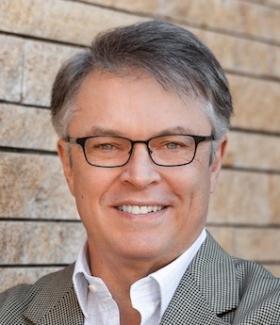Event
Inorganic Chemistry Seminar; Dr. Don Tilley, UC- Berkeley
Inquiries please contact Rosa M. Vargas rvargas@sas.upenn.edu

"The Role of Catalytic Oxo Metal Clusters in Natural and Artificial Photosynthesis"
The main topic to be discussed concerns the conversion of solar energy into a useful chemical fuel, which represents a major scientific goal in the drive towards a society fully powered by renewable energy. Several potential fuels are of interest, including hydrogen from proton reduction, and various hydrocarbons from carbon dioxide reduction. To achieve meaningful rates of fuel production, the potential reduction reactions must be coupled to an oxidative reaction that generates electrons and protons. The most reasonable candidate to provide these electrons and protons is water, which can yield 4 protons and 4 electrons upon decomposition to oxygen (the oxygen evolution reaction, OER). For solar fuel applications, this water-splitting half reaction must be catalyzed to make it energetically efficient, as accomplished in nature's photosynthesis by a tetra-manganese oxo cluster (the oxygen-evolving complex, OEC). Indeed, related transition-metal oxo cubane clusters represent intriguing model systems and catalyst design motifs for development of new water-splitting catalysts based on the most abundant metals. Molecularly derived catalysts of this type offer a number of potential advantages, including the synthetic tunability of structure-activity relationships and chemical properties. Also, the study of model, high-valent molecular species can provide key insights into the mechanism of water oxidation, and thereby help bridge the gap between solid-state and molecular systems to allow for more rational design of catalysts. This presentation will describe high-valent metal complexes and clusters, and a detailed mechanism for the evolution of oxygen via water oxidation at a tetranuclear oxo cubane.
